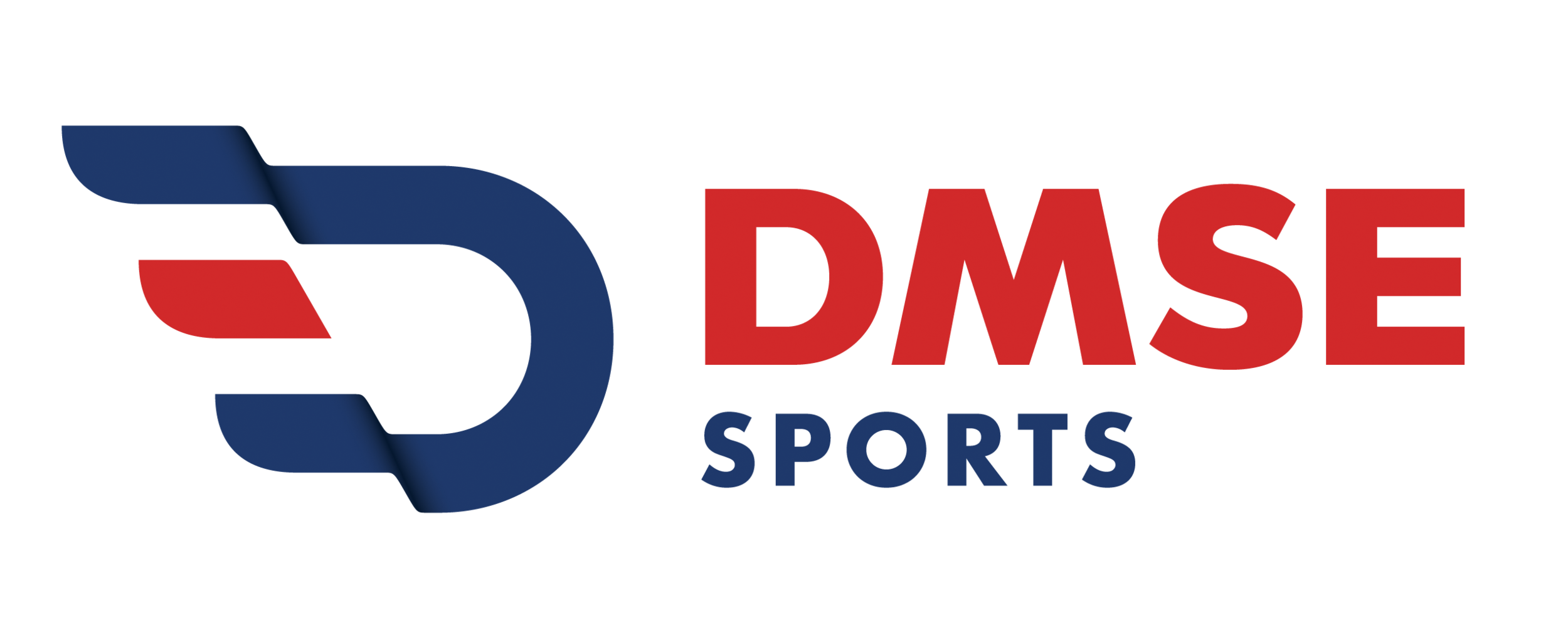HOW DO RACE DIRECTORS PLAN FOR FIRST AID?
Larger races have a medical director who determines what amount and type of medical coverage is necessary.
DAVE MCGILLIVRAY, for Runner's World
I was hoping you could advise me on the best plan for first aid. We are hosting a 5K run/walk on May 21 in Floral Park, New York. This race has grown over the years, and if registration continues at this pace, we are projected to hit 2,000 runners.
Clearly, this is a lot of participants. My questions: Is a simple first aid kit enough? What are the ramifications of having a nurse (volunteer) on hand to administer aid? Does she/he have to have special malpractice insurance, etc.? There will be police at several spots along the course for traffic control and the village's response team is known for its speed. However, I am not sure I can request an ambulance standing by, or that it would be completely necessary.
I would love to hear your thoughts on this, and what other races do to address the health and safety of their runners. —Bernadette Smith, Race Co-Director, Hance Family Foundation
Bernadette, thank you for your question. I believe nothing is more important at a race than sufficient medical coverage. As race directors, we owe it to our participants to ensure that their safety is our number one priority. The question then becomes, "What is needed or adequate or necessary?"
Of course, needs are based on a number of factors—the difficulty of your course; the weather and temperature on race day; the race distance(s); the level of experience of your participants; the number of participants; and so on.
Specific to your race with 2,000 participants, a "simple first aid kit" is not enough coverage, in my opinion. In general, my suggestions are:
- Never put the burden on yourself as race director or your race management team to have to respond to a medical need— you need medical professionals to do that.
- As the sport continues to grow and the need for experienced, medical coverage escalates, companies who specialize in sports medical coverage are beginning to form. In New England, where I live, a company called Sports Medicine Consultants handles the medical coverage of many of the major area races.
- You should appoint an experienced medical director for your event to determine what your medical coverage should be and who should "lead" it.
- More often than not, time is of the essence—calling an ambulance or transporting medical personnel from one point to another may be too late.
- Hiring one or more dedicated ambulances for your event is extremely important. For a race with 2,000 participants, I would recommend at least two or three dedicated units at the site.
- You can never have too much medical coverage—I'd rather have the coverage and not need it than to not have the coverage and end up with one or more medical emergencies.
- A designated medical facility at the finish—fully stocked and staffed with experienced medical personnel including doctors, nurses, physical therapists, EMT's, etc.— is a must.
- Auxiliary stations along the course are also recommended, especially if it is a challenging course and/or a longer race with the potential for extreme weather.
- Roving medical personnel on bikes is also recommended.
- Regarding malpractice insurance, every state is different. It is always best to review this up front and well in advance of your race with those medical folks who have agreed to work your event. You don't want a last-minute snag to affect coverage on race day.
The best advice is to communicate regularly with the medical committee of other well-known, established races—especially in your area of the country.
